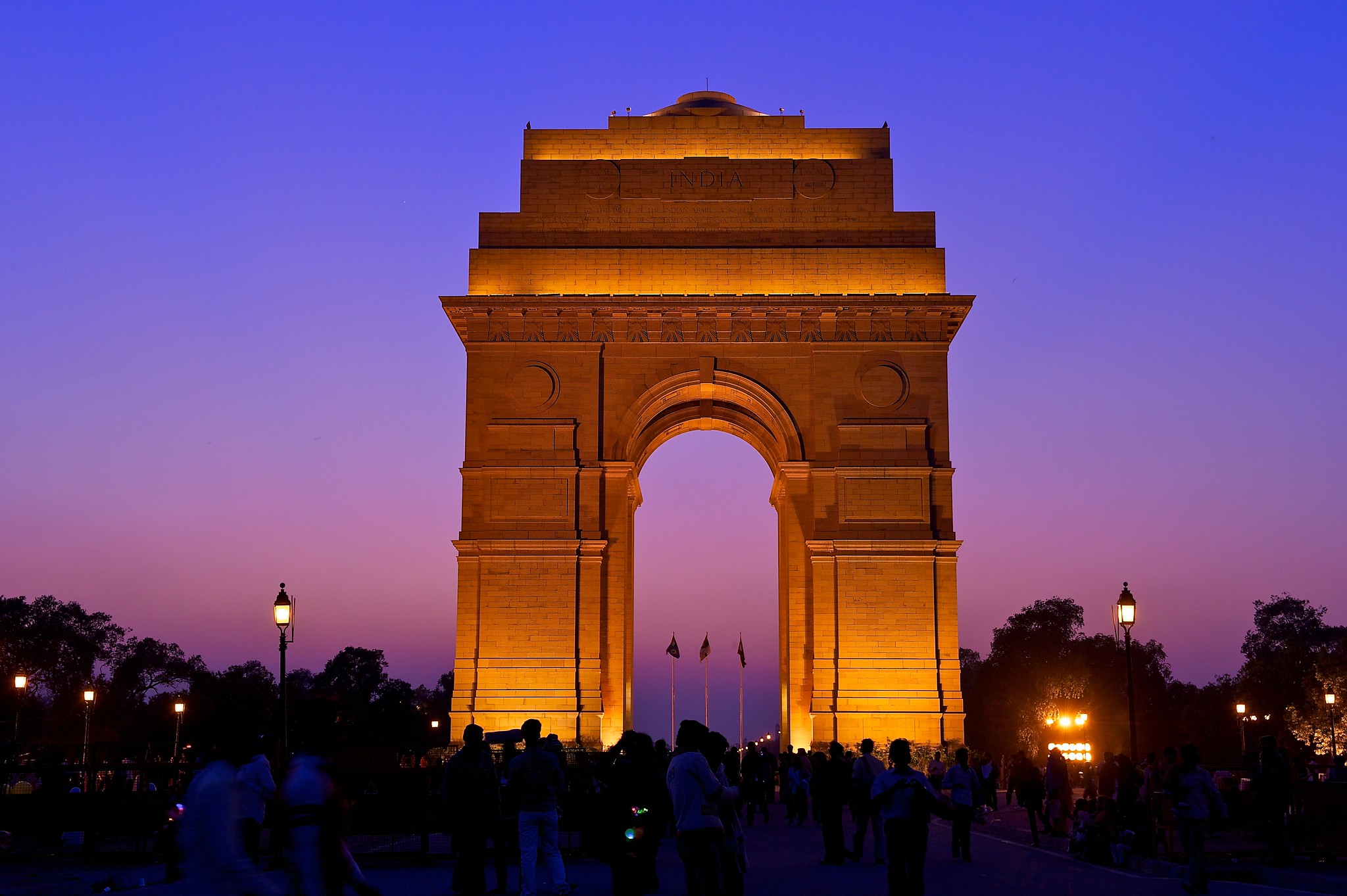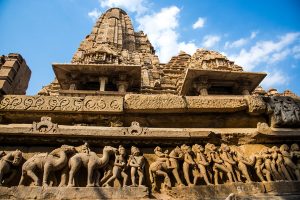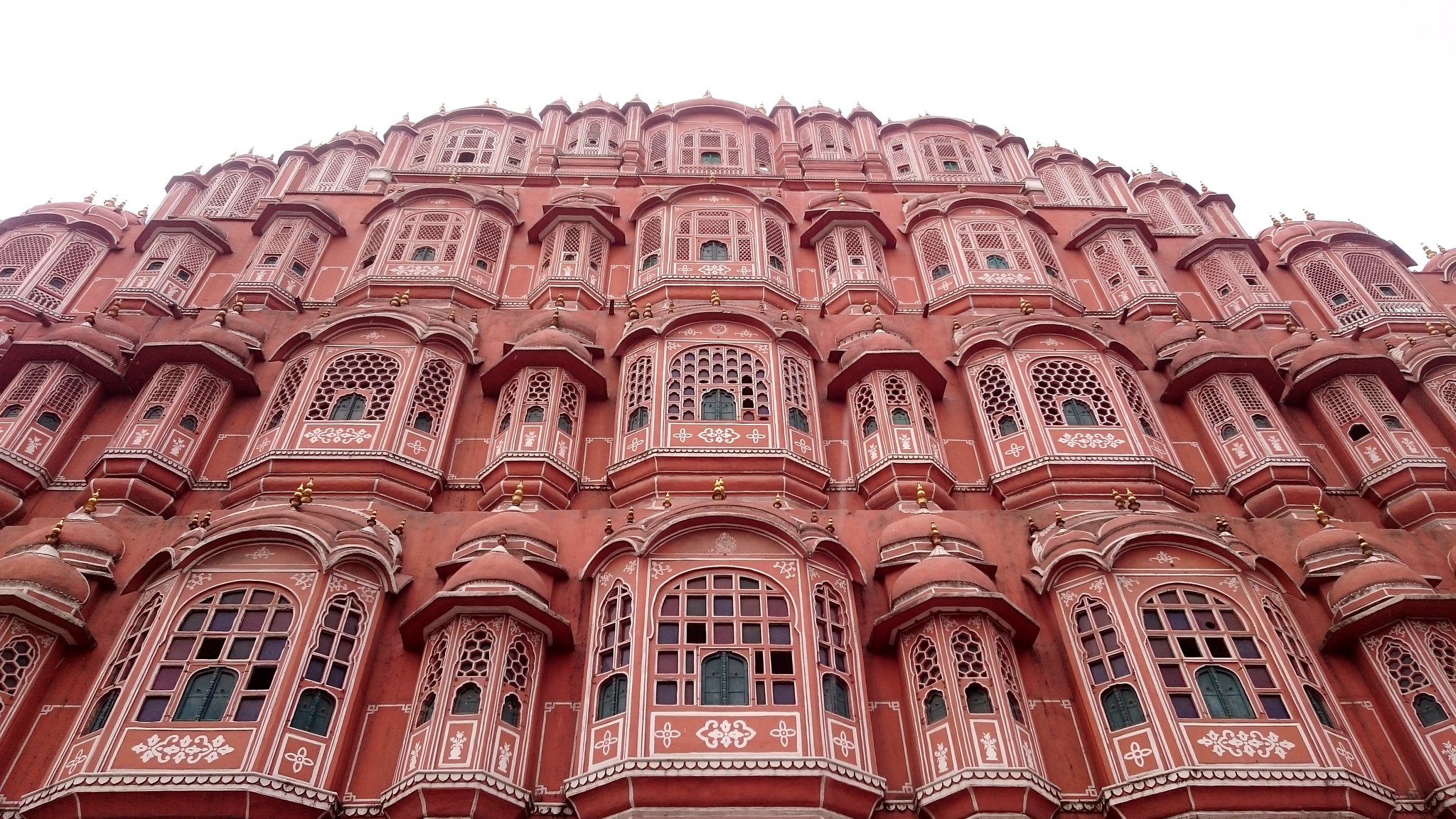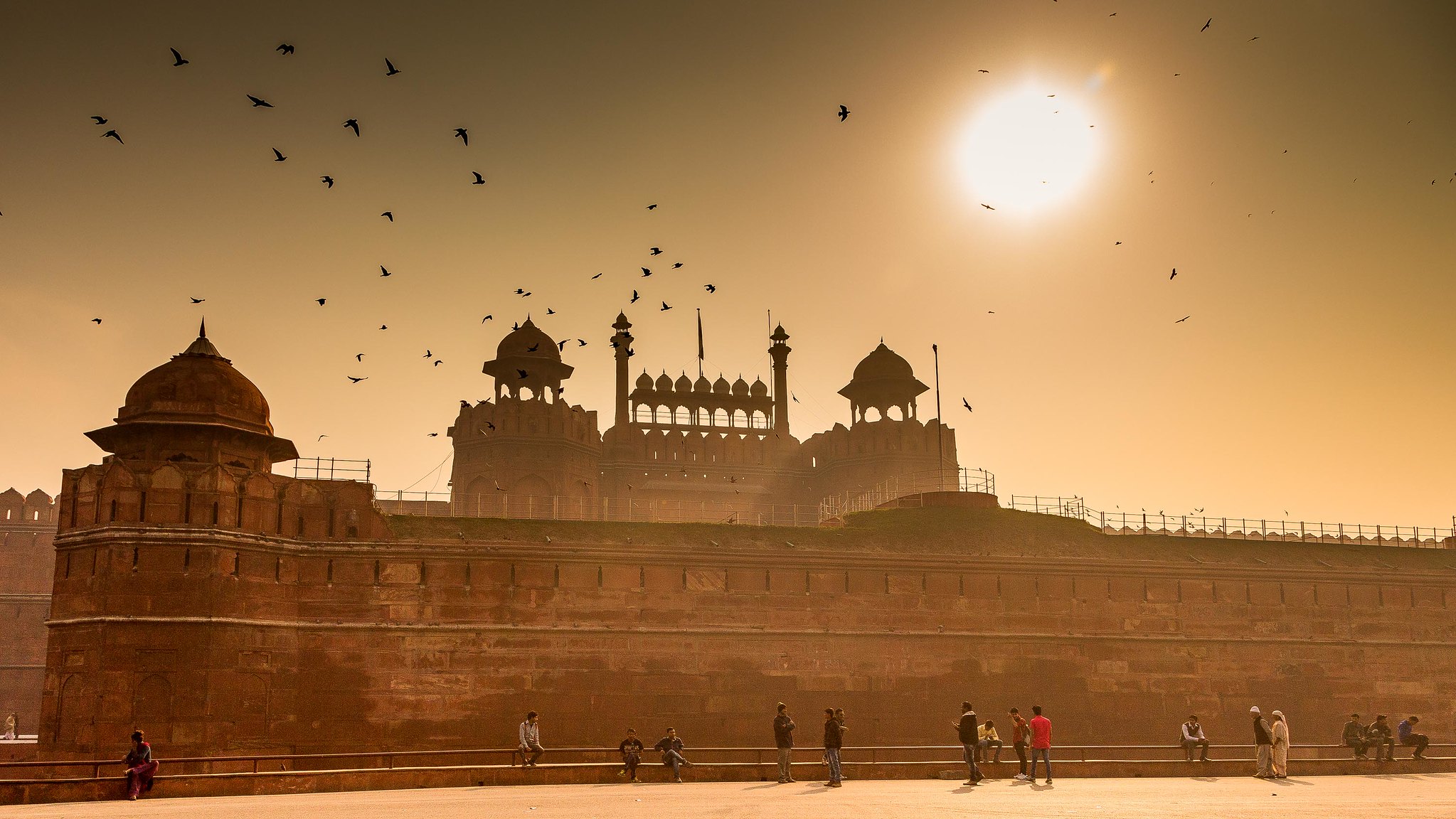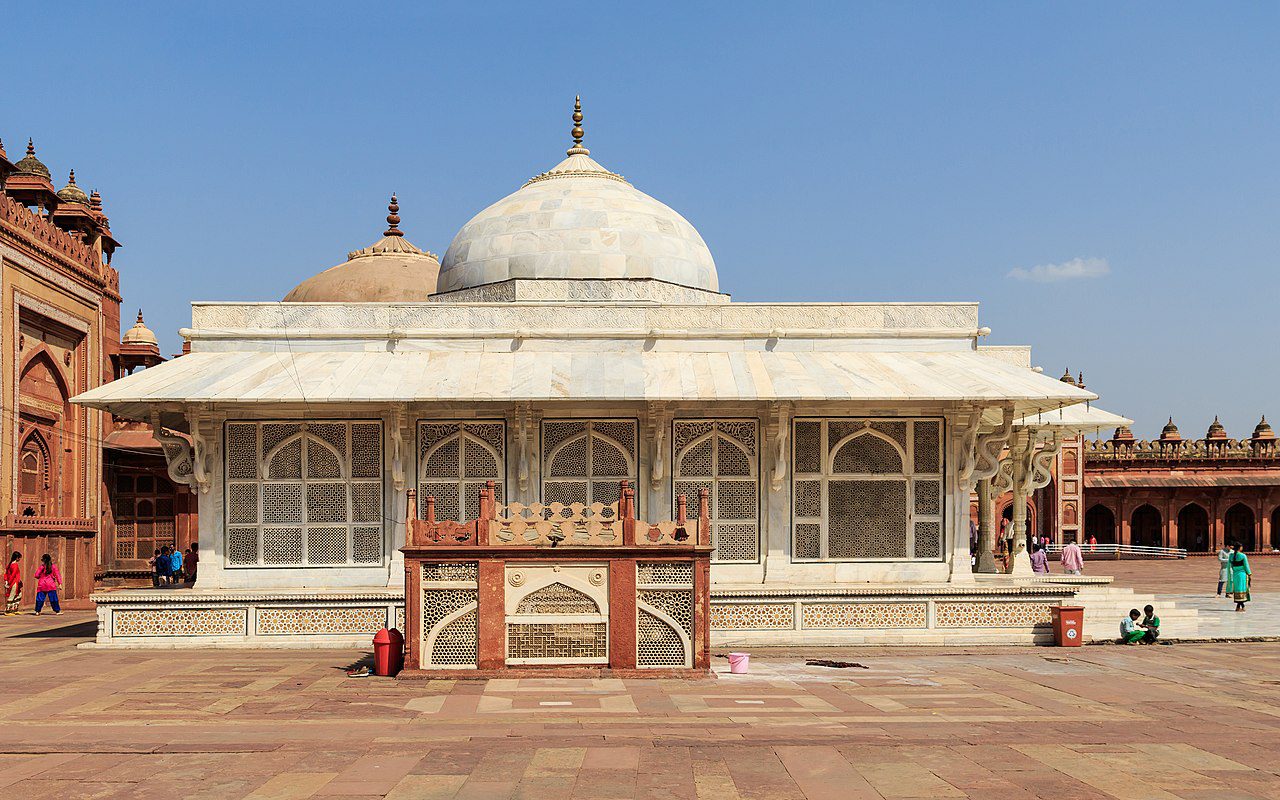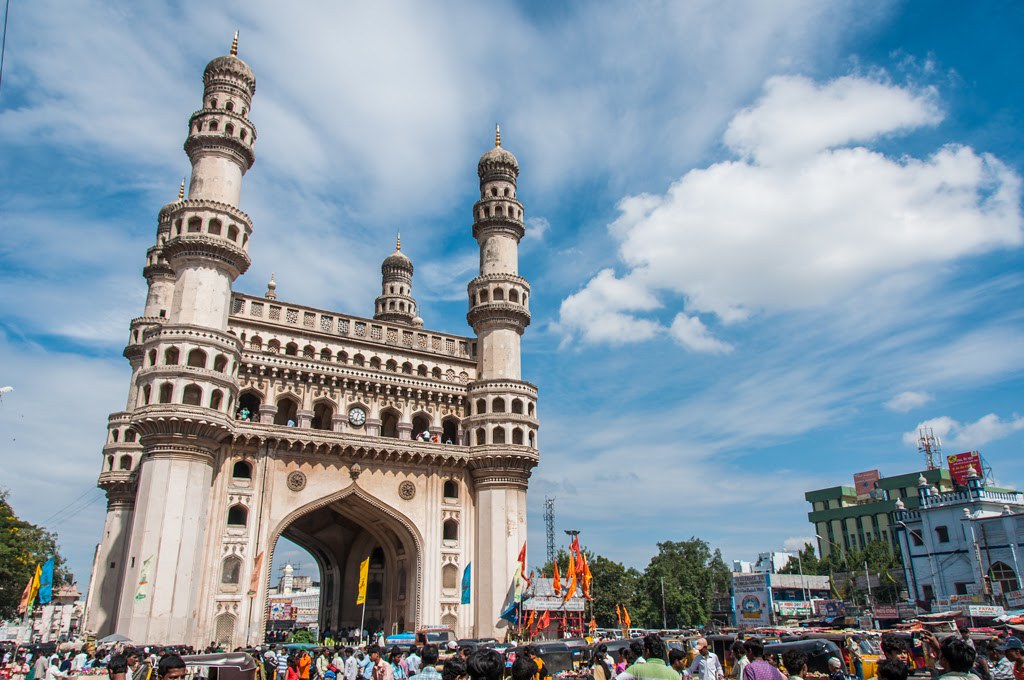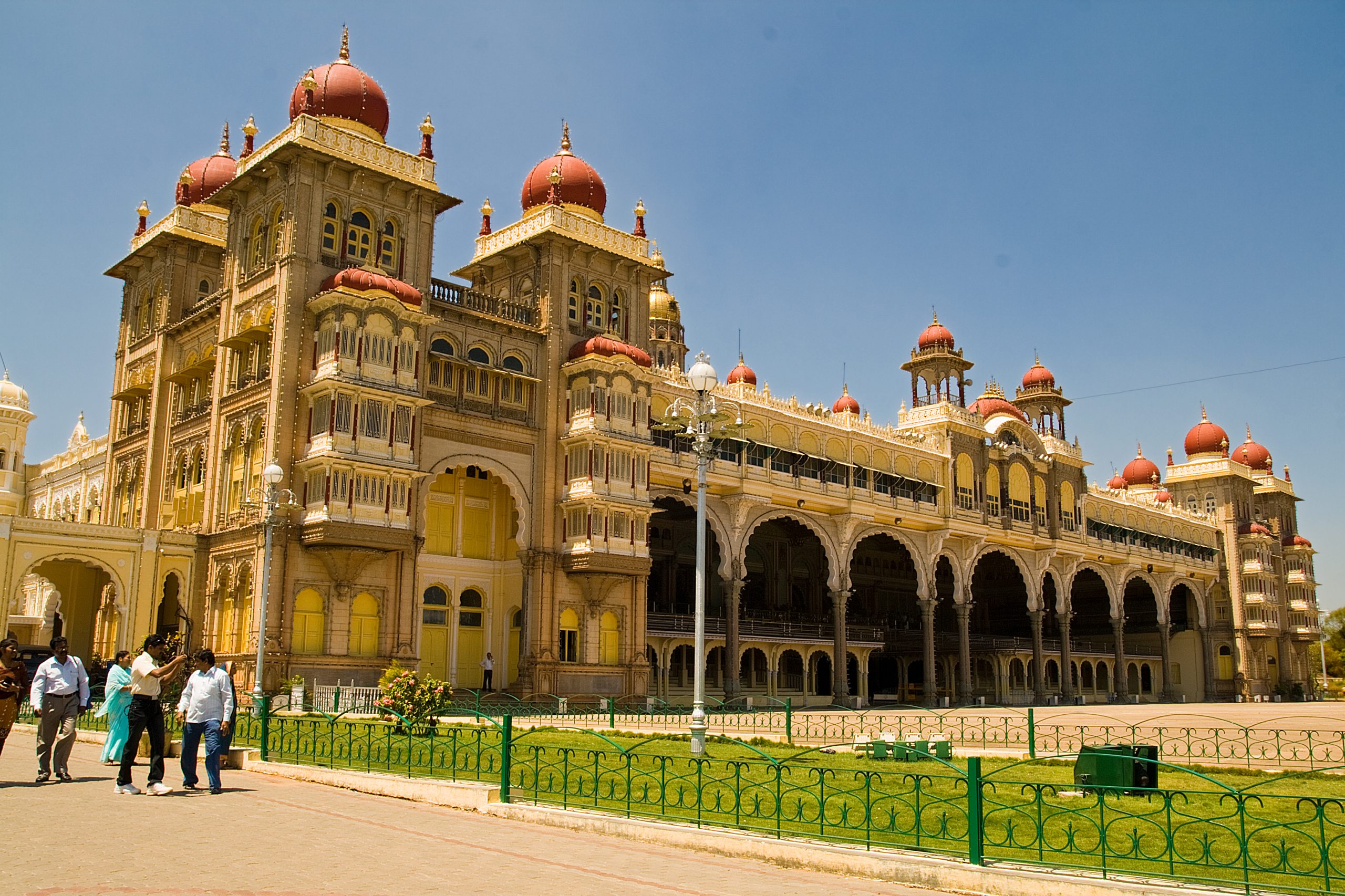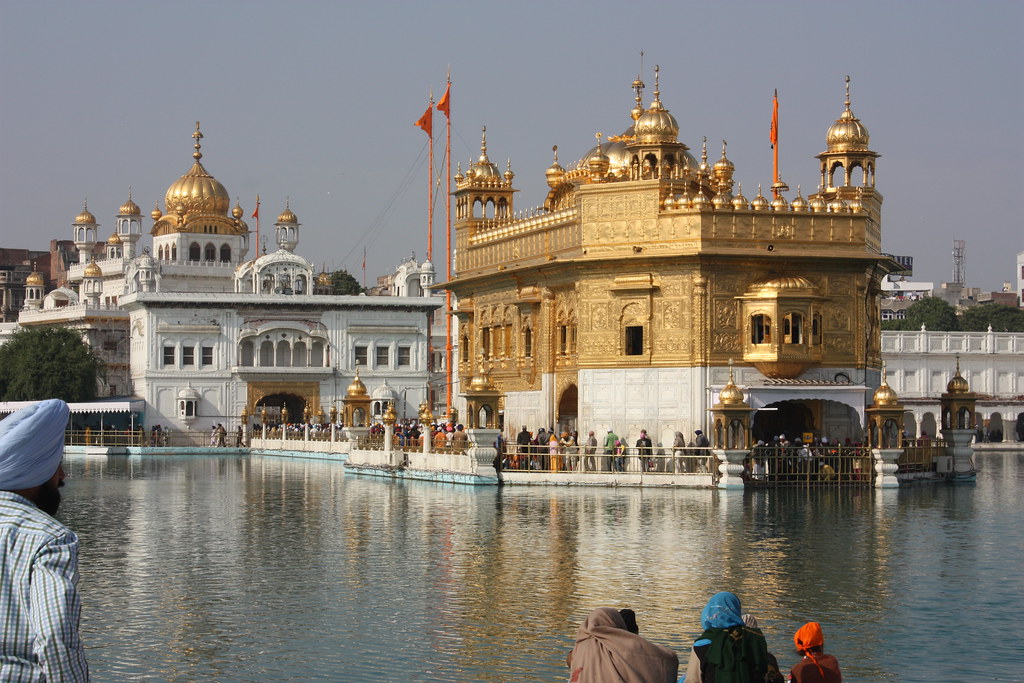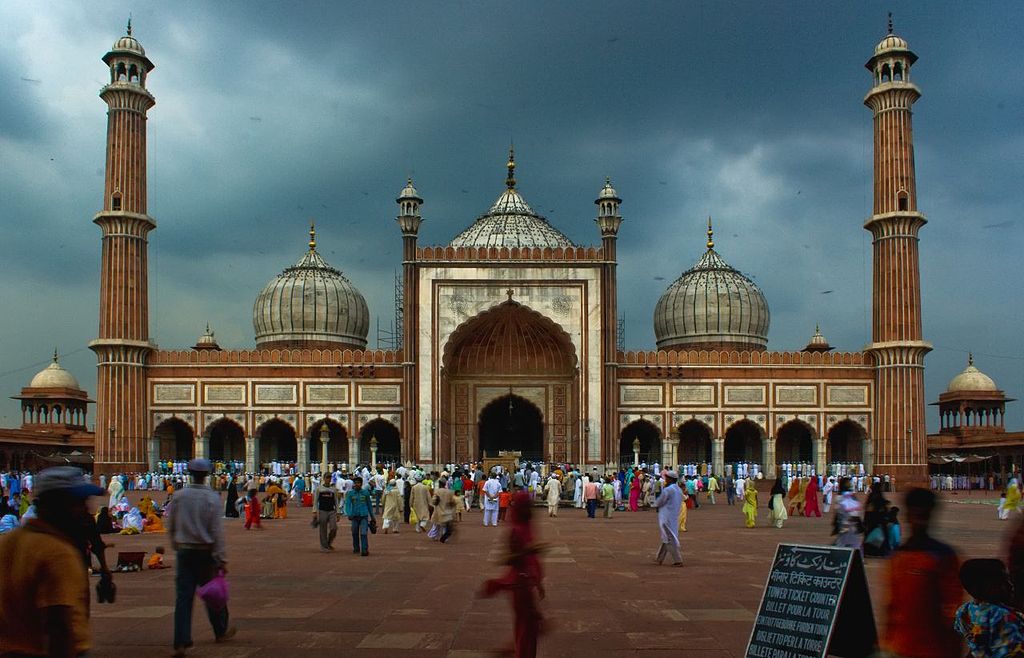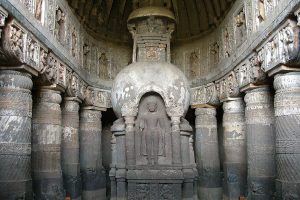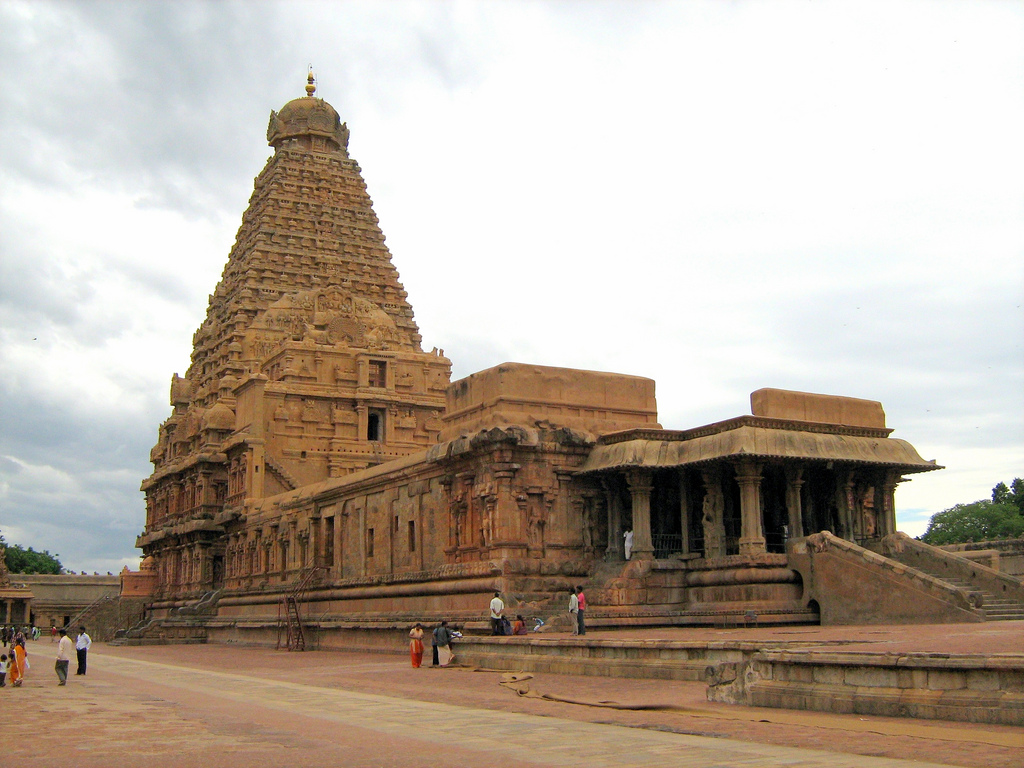20 Most Famous Indian Monuments You Should Visit
Many dynasties, empires, kingdoms, and governments have called India home and used it as a battleground. They all left their imprint on the country. The relics of those times, such as old historical monuments, remind us of our culture’s history and the people who influenced it. To gain a better understanding of these events and our Bharat, you should visit or revisit the 15 most famous Indian monuments in India listed below.
1. India Gate
India Gate is a 42-meter-high war memorial dedicated to the British Indian Army soldiers who died during World War I. Beautiful lawns surround the monument, and the fountains feature a spectacular light show. Every year on Republic Day, there is a parade, so you should go.
Image Source: Larry Johnson (Flickr)
2. Qutub Minar
The Qutub Minar was constructed to commemorate the founding of the first Muslim kingdom in northern India. It stands at an incredible height of 240 feet, but the most fascinating aspect of one of the most famous Indian monuments is that it has an iron pillar that has not rusted in over 2,000 years. The best time to visit is during the Qutub Minar festival in October or November. Don’t forget to stay for the evening light show.
Image Source: Stefan Rüdiger (Flickr)
3. Khajuraho Temples
The Khajuraho Group of Monuments, another popular World Heritage Site in India, is one of Madhya Pradesh’s most popular tourist destinations. There are more than 20 temples dedicated to erotica, love, and worship, all of which are architectural marvels with intricate carvings. The Chandela rulers built these magnificent medieval monuments between AD 900 and 1130. They are divided into two groups: the Eastern and Western Groups, which include Hindu and Jain temples. Some of the popular temples here include Lakshman temple, Chitragupta temple, Kandariya Mahadev temple, Vishwanath temple, Devi Jagadambi temple, Duladeo temple, Parsvanath Temple, Adinath Temple, Javari Temple, and Varaha temple, among others.
Source: Wikimedia Commons
4. Hawa Mahal
Hawa Mahal, one of the most famous Indian monuments in Jaipur, is a stunning 5-story structure commissioned by Maharaja Sawai Pratap Singh of the Kachhwaha Rajput dynasty in 1799. It is known for its honeycomb-like structure with 953 small jharokhas/windows complex latticework through which the royal ladies could observe daily life on the street below without being seen. Lal Chand Ustad designed it in the shape of Lord Krishna’s crown because the commission ruler was a devout follower of the Lord. The Hawa Mahal’s entrance is on the backside, leading to a large courtyard surrounded on three sides by two-story structures.
Image Source: Rubén Martínez (Flickr)
5. Humayun Tomb
The tomb of Emperor Humayun was built in 1569-70 by Emperor Akbar, son of Emperor Humayun, and designed by Mirak Mirza Ghiyas, a Persian architect. This UNESCO World Heritage Site is the first garden-tomb on the Indian subcontinent. This mausoleum, which combines Persian and Indian architectural styles, has lovely water channels and pathways. During the first war of independence in 1857, Emperor Bahadur Shah Zafar sought refuge here with three princes. There are several other structures in the Humayun tomb complex, including Isa Kha’s tomb and mosque, Afsarwala Tomb and Mosque, Bu Halima’s Tomb and Garden, Nila Gumbad, Araba Sarai, Barber’s tomb, and Chillah Nizamuddin Aulia.
Image Source: John (Flickr)
6. Taj Mahal
Taj Mahal, a UNESCO World Heritage Site and one of the Seven Wonders of the World, stands like a dream on the southern banks of the River Yamuna in Agra. In memory of his beloved wife Mumtaz Mahal, Mughal Emperor Shah Jahan commissioned this white marble mausoleum in 1632. This monument took 22 years to construct making it one of the top 10 most famous Indian monuments. Calligraphy, latticework, precious and semi-precious stones adorn the mausoleum, which is a hybrid of Persian and Mughal architecture.
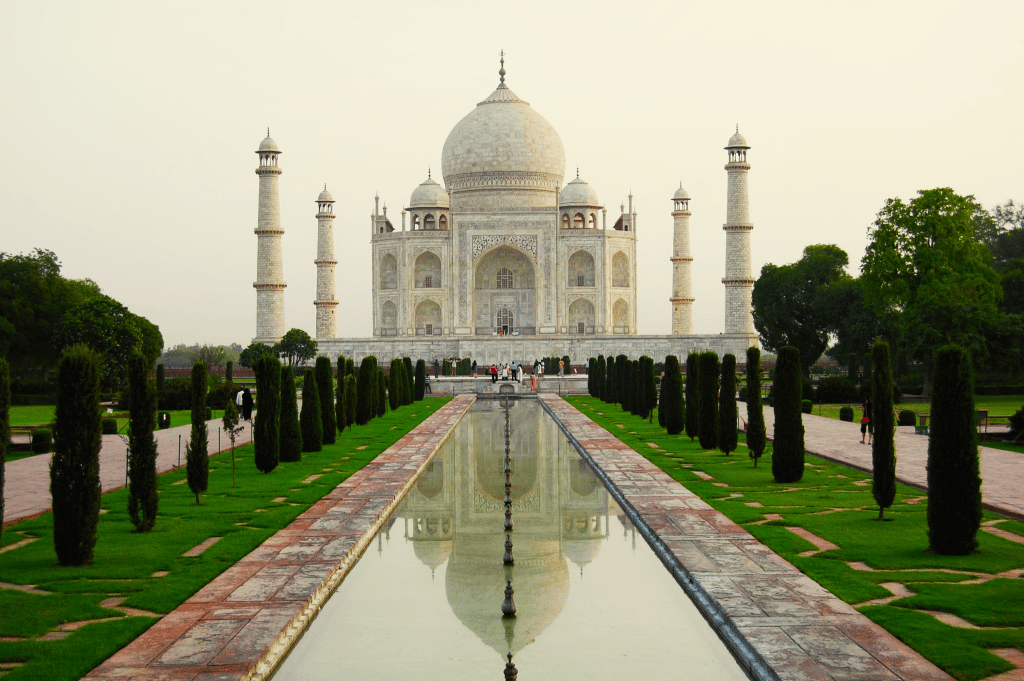
7. Agra Fort
The magnificent Agra Fort is a UNESCO World Heritage Site in Agra, just 2.5 kilometers from the breathtaking Taj Mahal. It is one of the most famous Indian monuments falling under the Mughal historical period. Originally a Rajputana brick fort, it was captured and rebuilt by Emperor Akbar, who made it the capital of the Mughal Empire in 1558. Emperor Akbar built the red sandstone portion of the fort, but Emperor Shah Jahan commissioned the marble structures. There are a number of structures worth exploring within the grounds of the Agra Fort complex. Diwan I Am, Diwan I Khas, Jahangir Palace, Shesh Mahal, Moti Masjid, Palace of Jodha Bai, Anguri Bagh, Nagina Masjid, Saman Burj, Khas Mahal, Elephant Gate, and others are examples of such structures.
Image Source: Wikimedia Commons
8. Red Fort
The Red Fort is one of the most famous Indian monuments, with its massive size, aesthetic proportions, and style all evoking an era of unrestrained opulence. It, too, was constructed by Shah Jahan and took more than ten years to complete. This fort used to be white because it was built with limestone, but it began to peel under British rule, so it was painted red.
Image Source: Ramesh SA (Flickr)
9. Fatehpur Sikri
Fatehpur Sikri is unquestionably a monument, but it is also large enough to be considered a small city. Fatehpur Sikri, which was built during Akbar’s reign, is home to several iconic landmarks, including Birbal’s Palace, the Tomb of Salim Chisti, and the Jama Masjid. Women who are childless visit Salim Chisti’s tomb to seek blessings.
Image Source: Wikimedia Commons
10. Konark Temple
This temple was constructed to honor the Sun God. It has 12 wheels at the bottom that are actually sundials that measure time accurately. This temple, which is shaped like a massive chariot, is a sight to behold.
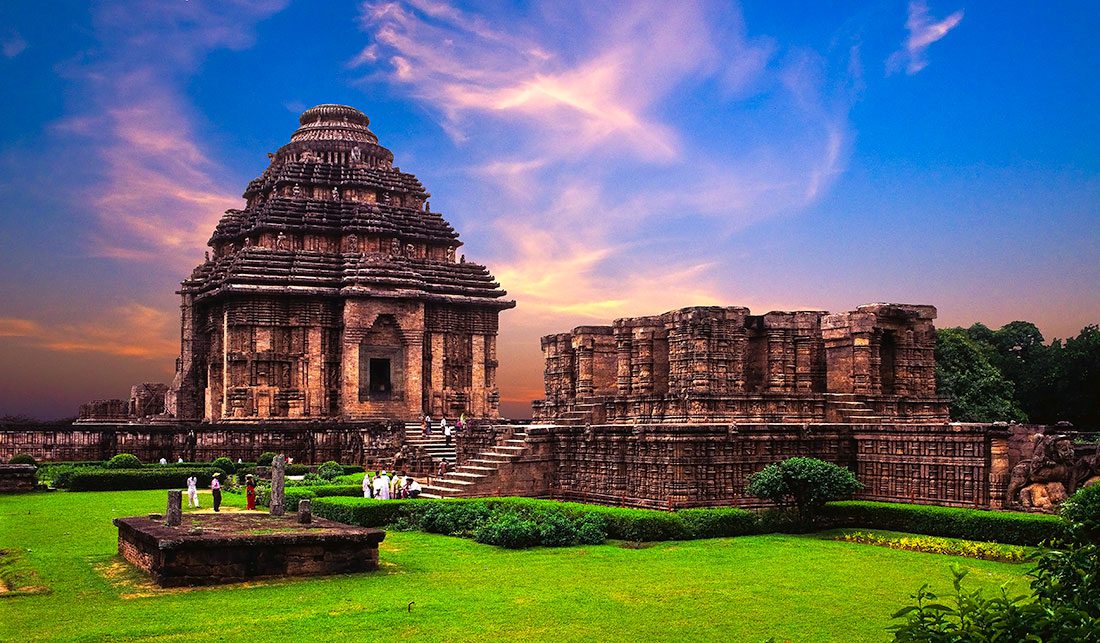
Image Source: Laksman Rawat (Flickr)
11. Charminar
The Charminar was built to commemorate the end of the city’s plague, and one of the arches has a cat’s head on it to scare away rats that had nearly destroyed Hyderabad. The four nearly 20-meter-long pillars or minars that make up this monument give it its name. It is a beautiful sight that is also mysterious because a secret tunnel connects it to Golconda Fort.
Image Source: Saurabh Chatterjee (Flickr)
12. Mysore Palace
Mysore Palace, also known as the Amba Vilas Palace, is one of the most famous Indian monuments in the city. It was the residence and seat of the Wodeyars, Mysore’s royal family, who ruled from 1399 to 1950. The original palace was made of wood and was burned down during a wedding ceremony in 1897. The current three-story structure, which was rebuilt in 1912, is in Indo-Saracenic style, combining Hindu, Rajput, Muslim, and Gothic architectural traditions. Priceless royal souvenirs, jewelry, paintings, costumes, and other items once belonged to the Wodeyars are now housed in this museum. This magnificent palace, which features stunning stained glass and mirrors, hosts the popular Mysuru Dasara festival every year.
Image Source: Wikimedia Commons
13. Victoria Memorial
The elegant white marble Victoria Memorial, named after Queen Victoria, is surrounded by lush green gardens that cover 64 acres of land. The garden is full of small beautiful structures, and the best time to visit is in the evening when the memorial is illuminated by numerous lights.
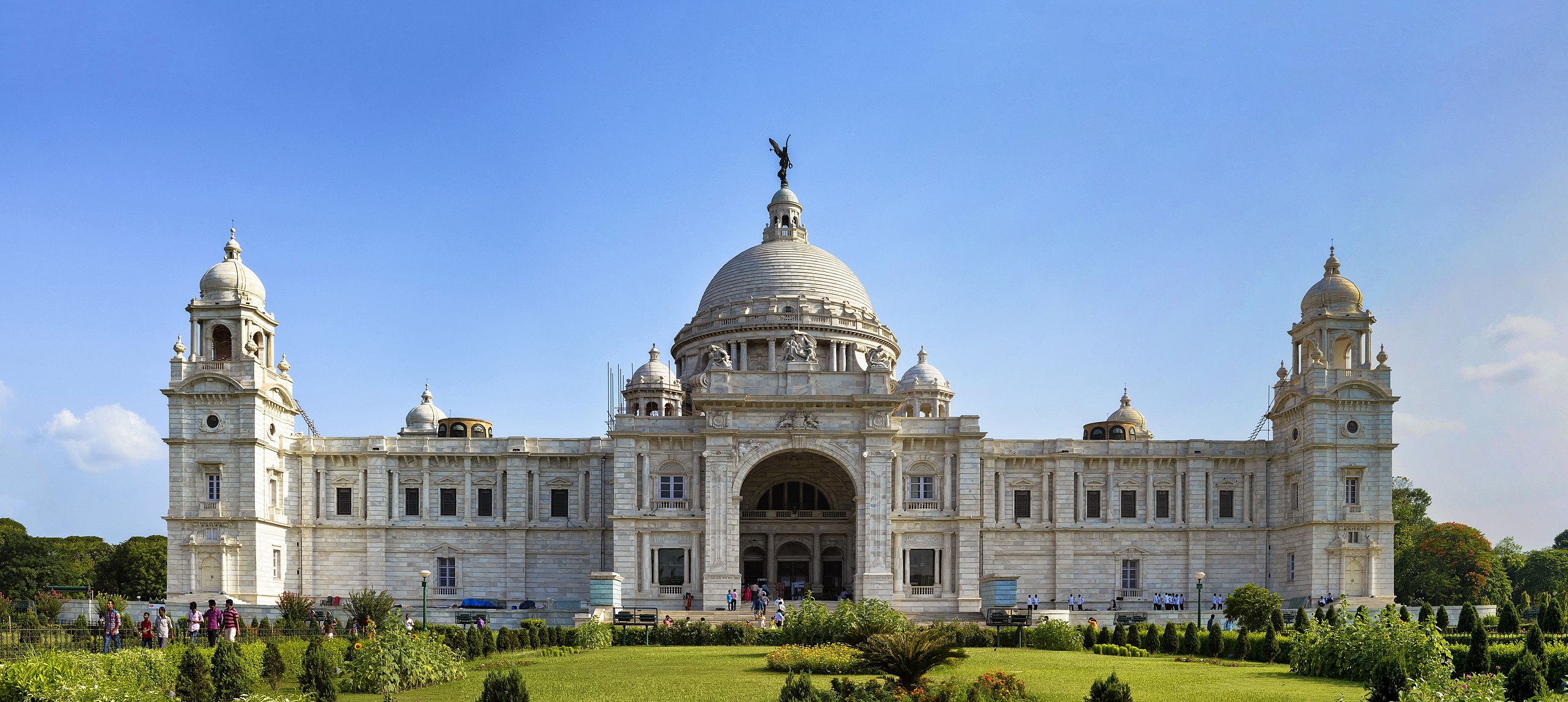 Image Source: Wikimedia Commons
Image Source: Wikimedia Commons
14. Golden Temple
Golden Temple, also known as Harmandir Sahib and Darbar Sahib, is a revered Sikh shrine that attracts visitors of all faiths every year. The best feature of this structure is its distinguishing gold-plate upper part and dome, which is made of marble. Akal Takht Sahib is one of the Five Takhts of the Sikh community, and its complex includes a holy pond (Amrit Sarovar) where visitors can take a dip to wash away their sins. Guru Arjan Dev Ji, the fifth Guru of Sikhism, designed this sacred site as a symbol of human brotherhood and equality.
Source: Wikimedia Commons
15. Jama Masjid
Jama Masjid, India’s largest mosque, is also one of the most famous Indian monuments. This mosque, also known as Masjid-i Jahn-Num, was built between 1644 and 1658 by Mughal Emperor Shah Jahan. The mosque’s massive structure is made of red sandstone and marble, and it took over 5000 artisans to complete. The mosque tower’s first three storeys are made of red sandstone, the fourth is made of marble, and the fifth is made of sandstone. Jama Masjid’s walls are adorned with intricate carvings and Quranic verses. The mosque’s spacious courtyard can hold up to 25000 worshipers at any given time. Three grand gates, two minarets, and four towers adorn this ornate mosque.
Image Source: Wikimedia Commons
16. Gateway Of India
The Gateway of India, which overlooks the Arabian Sea and is one of Mumbai’s most popular landmarks and tourist attractions, is located on the waterfront in the Apollo Bunder area. It was built in the Indo-Saracenic style of architecture to commemorate the visit of King George V and Queen Mary, the first British monarchs, to Bombay (Mumbai) in March 1911. The Gateway, on the other hand, was not completed until 1924. Throughout the day, locals, tourists, photographers, and hawkers flock to this intimidating yellow basalt architecture. The four towers and elaborate latticework of this 26-meter-high structure.
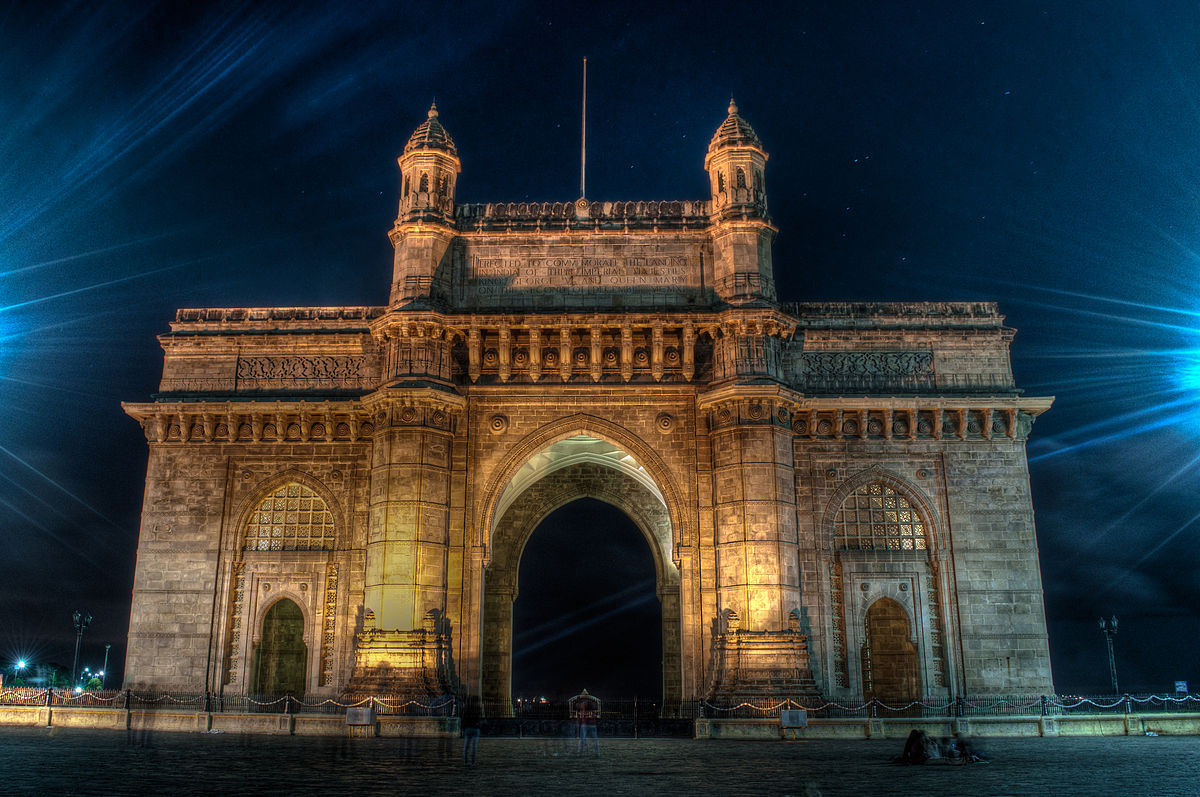
Source: Wikimedia Commons
17. Ajanta & Ellora Caves
The caves of Ajanta and Ellora are two of Maharashtra’s most popular tourist destinations. Because of the magnificent paintings of Ajanta and well-carved sculptures of Ellora, these ancient caves are considered one of India’s most important monuments. The best examples of Indian paintings and sculpture are found in rock-cut caves with carvings.
Source: Wikimedia Commons
Source: Flickr
18. Vijaya Stambh Chittorgarh
Chittorgarh Fort is a world heritage site and one of India’s largest forts. The fort was once the capital of Mewar, but it is now in Chittorgarh. It is one of the most historically significant forts in all of north India, and legends of heroism and sacrifice abound. It also exemplifies Rajput culture and values in their purest form.
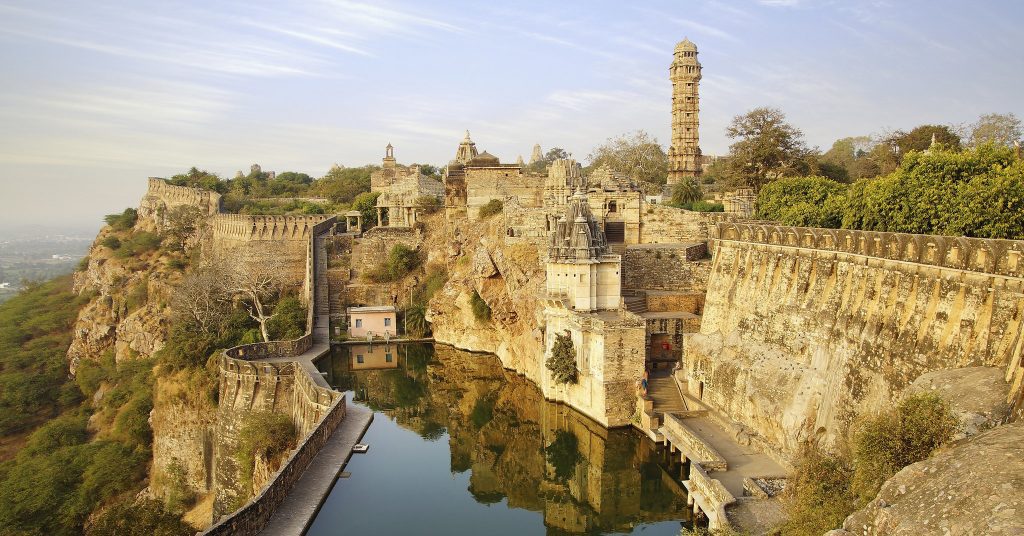
Image Source – Indiator (Flickr)
19. Sanchi Stupa
This Buddhist monument, which dates from the 3rd century BCE, is one of the country’s oldest. Its main feature is the simple yet distinctive Buddhist-style architecture. Sanchi Stupa, with its 54-foot-tall dome, is a popular tourist attraction as well as an important Buddhist pilgrimage site.
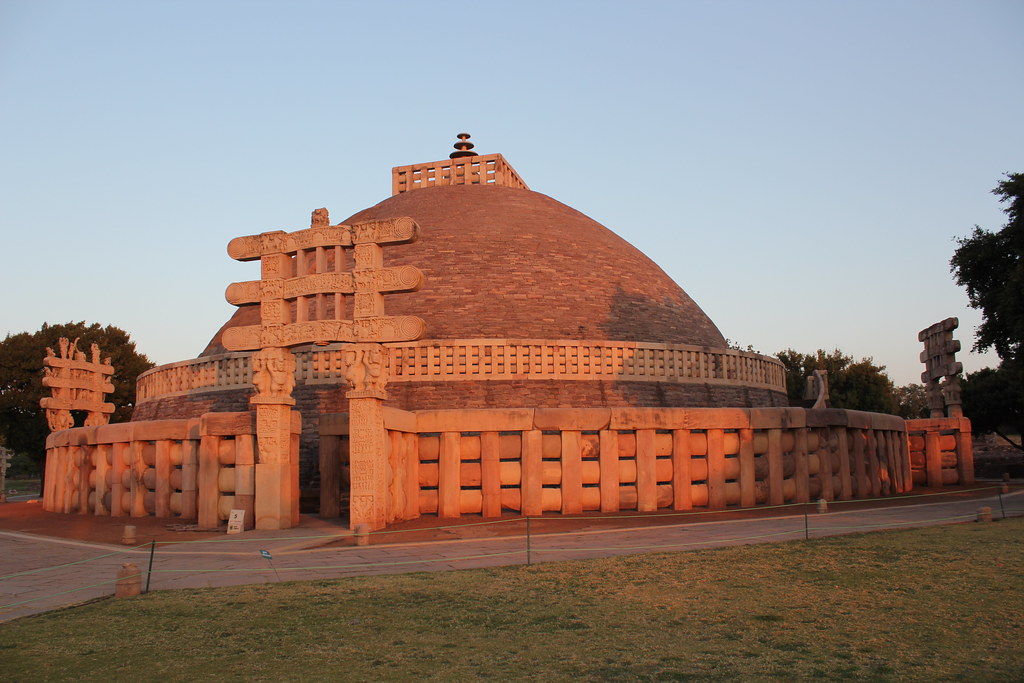
Image Source: Source: Flickr
20. Great Living Chola Temples
The Great Living Chola Temples are a group of Hindu temples from the Chola dynasty in the Indian state of Tamil Nadu that have been designated as a UNESCO World Heritage Site. In 1987, the Thanjavur Temple Complex was recognised. In 2004, the site was expanded to include the Gangaikonda Cholapuram Temple Complex and the Airavatesvara Temple Complex. Thanjavur is located approximately 350 km (220 mi) southwest of Chennai. To the northeast, Gangaikonda Cholapuram and Darasuram are 70 kilometres (43 miles) and 40 kilometres (25 miles) away, respectively.
Image Source: Wikimedia Commons
So, now you have a good idea of the most famous Indian monuments. How many have you already seen and how many have you yet to see? Make sure to visit some of these monuments the next time you plan a vacation with your loved ones to make your trip truly unforgettable.


